Archives
- 2025-12
- 2025-11
- 2025-10
- 2023-07
- 2023-06
- 2023-05
- 2023-04
- 2023-03
- 2023-02
- 2023-01
- 2022-12
- 2022-11
- 2022-10
- 2022-09
- 2022-08
- 2022-07
- 2022-06
- 2022-05
- 2022-04
- 2022-03
- 2022-02
- 2022-01
- 2021-12
- 2021-11
- 2021-10
- 2021-09
- 2021-08
- 2021-07
- 2021-06
- 2021-05
- 2021-04
- 2021-03
- 2021-02
- 2021-01
- 2020-12
- 2020-11
- 2020-10
- 2020-09
- 2020-08
- 2020-07
- 2020-06
- 2020-05
- 2020-04
- 2020-03
- 2020-02
- 2020-01
- 2019-12
- 2019-11
- 2019-10
- 2019-09
- 2019-08
- 2019-07
- 2019-06
- 2019-05
- 2019-04
- 2018-07
-
While these previous correlative studies
2020-11-25
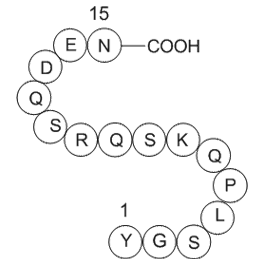
While these previous correlative studies have measured tDDR1 protein by IHC, these studies have not considered that pDDR1 could also be an important marker of cancer prognosis. A phosphoproteomic survey of lung cancer tissues did identify pDDR1 as one of the most commonly phosphorylated receptor kin
-
Previously we had proposed three possible
2020-11-24
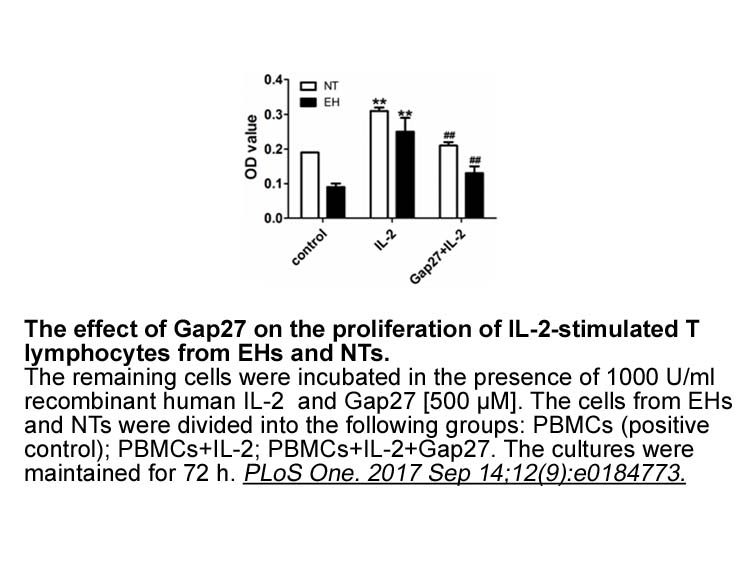
Previously we had proposed three possible models, with one being that hCrm1 fundamentally interacted more favorably or strongly with Rev-RRE complex, compared to mCrm1. We decided to test that model, which was the simplest and most straightforward, by both biochemical and genetic means. By using bac
-
Fatty acid oxidation plays a
2020-11-24
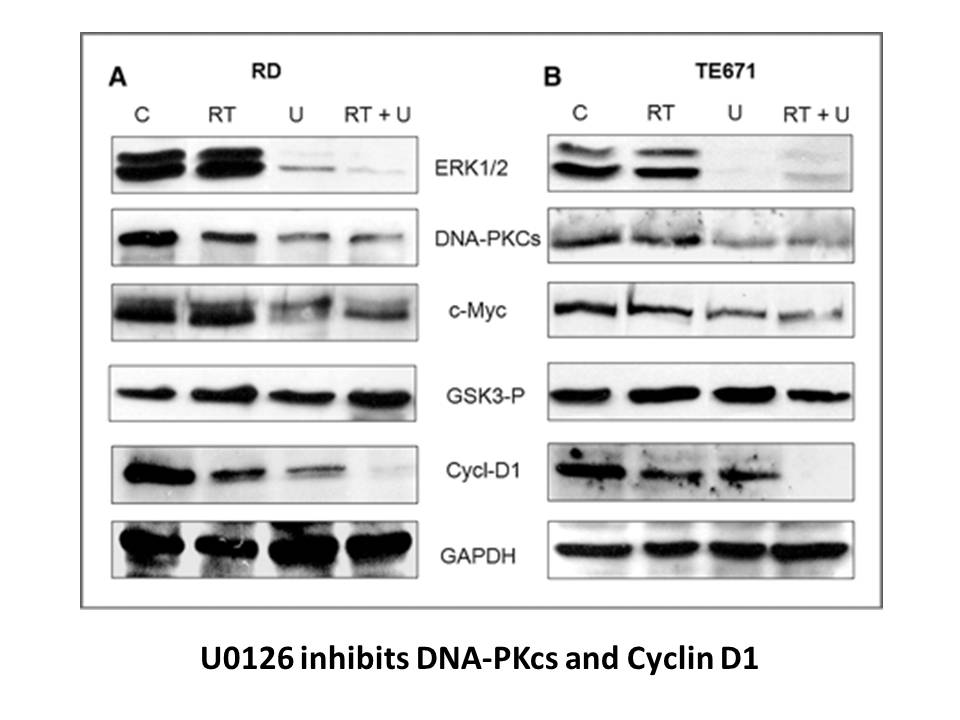
Fatty rvx β-oxidation plays a crucial role in maintaining body energy homoeostasis mainly during catabolic states. It mainly occurs in mitochondria and involves a cyclical series of reactions that result in the shortening of fatty acids. Fatty acids comprise an efficient source of energy that resul
-
Our study demonstrated that the sequential events of PKA and
2020-11-24
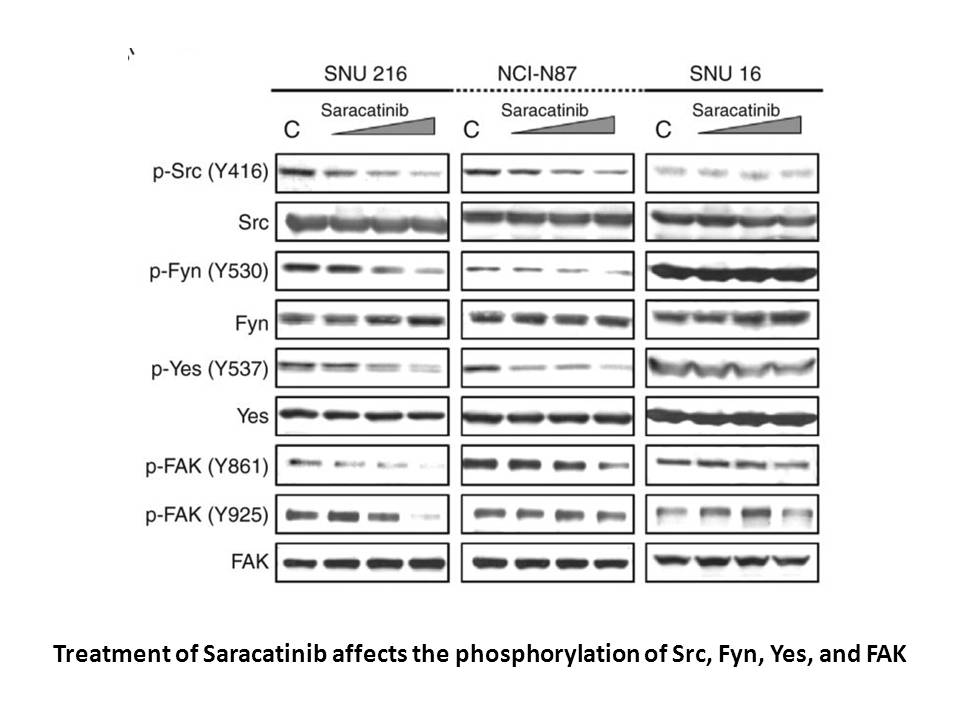
Our study demonstrated that the sequential events of PKA and AMPK activation were involved in kinsenoside-mediated lipolysis. Within 1 h, PKA transiently inhibited AMPK activation by mitigating LKB1-mediated AMPK phosphorylation at Thr172, and PKA reduced AMPK-mediated phosphorylation at HSL-Ser565
-
On top of the hardware ASTS employs Linux SUSE
2020-11-24
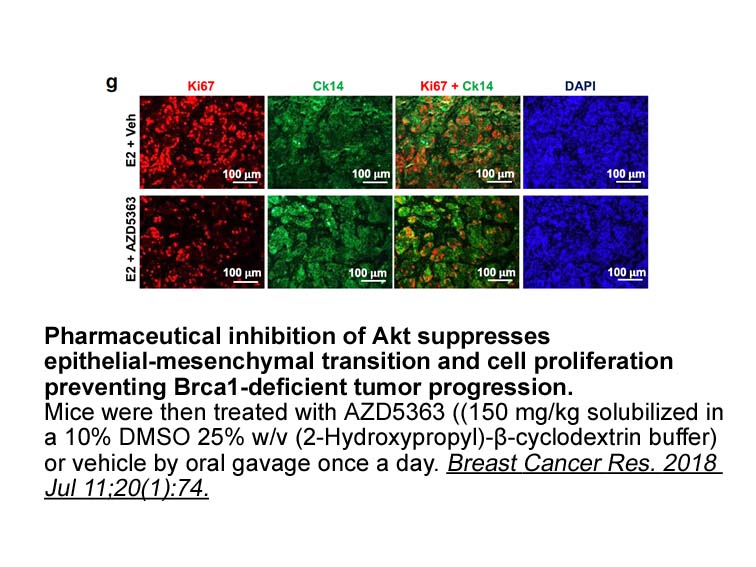
On top of the hardware, ASTS employs Linux SUSE with High-Availability (HA) Extension: a COTS OS provided with two clustering software (Pacemaker Cluster Resource Manager (CRM) and Corosync) responsible for resources orchestration, failure diagnosis, nodes coordination, and fail-over management. The
-
POE specialises Rogers definition of engineering to systems
2020-11-24
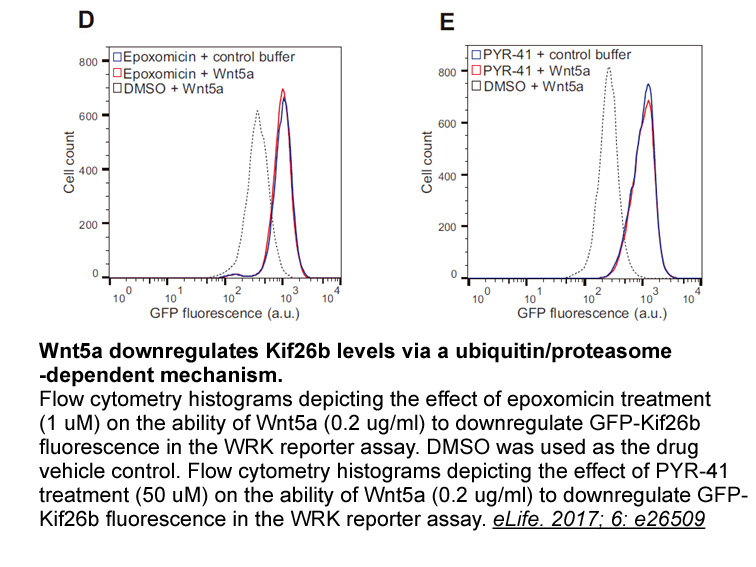
POE specialises Rogers' definition of engineering [37] to systems engineering as: As such, systems engineering becomes a problem solving exercise, the problem being, given a physical environment E, to find the system S that CCG 203971 meets a real-world need N to the satisfaction of a group of sta
-
br Transparency document br Results and
2020-11-24
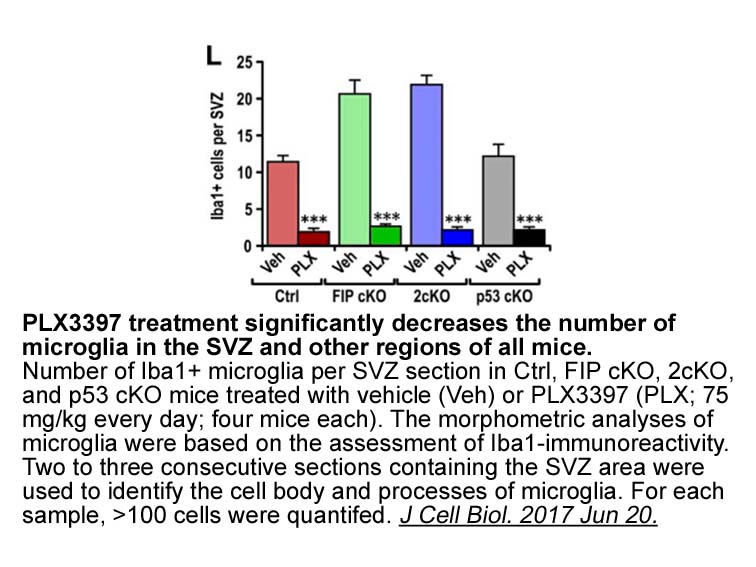
Transparency document Results and Discussion Experimental Procedures Acknowledgments The casein kinase 1 (CK1) family consists of at least seven different gene products, often referred to as isoforms (α, β, γ1, γ2, γ3, δ, ε, with splice forms described for CK1α, γ, and ε (reviewed in )
-
Kshirsagar et al previously reported an association
2020-11-24
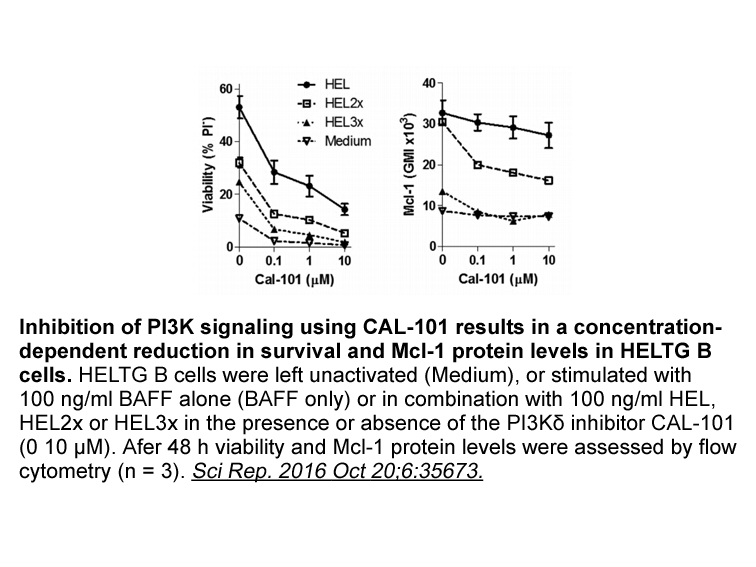
Kshirsagar et al. previously reported an association between CHK2thr68 expression and the presence of the chromatin remodeling factor Rsf-1 in solid HGSC specimens [22]. Rsf-1 expression was previously analyzed in our effusion series and was found to be related to poor survival [23]. Analysis of the
-
Another milestone in the field is
2020-11-24
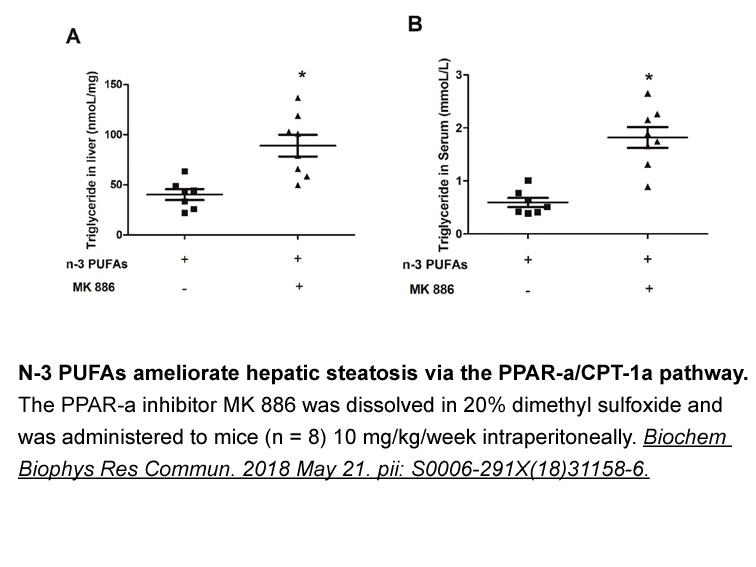
Another milestone in the field is the de novo discovery of EPAC2 and EPAC1 specific inhibitors through fluorescence-based HTS assays. Due to the excellent EPAC/PKA selectivity of as 481 receptor , it has been widely applied as a useful chemical probe to discriminate EPAC related signaling pathways a
-
There has recently been some interest in
2020-11-24
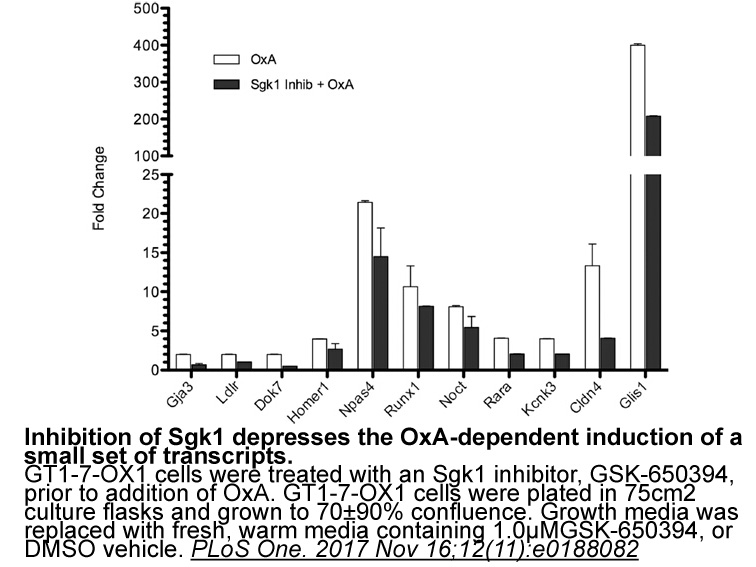
There has recently been some interest in Uba6, which is most similar to slime mold, with BLAST identities of 59% and positives 73% in the 400–600 ADD range. The 400–600 ADD correlation of the two profiles is a striking 87%, so functional differences probably arise outside the ADD binding domain. Hu
-
br Activatable bioorthogonal reactions reagents br Cycloprop
2020-11-24
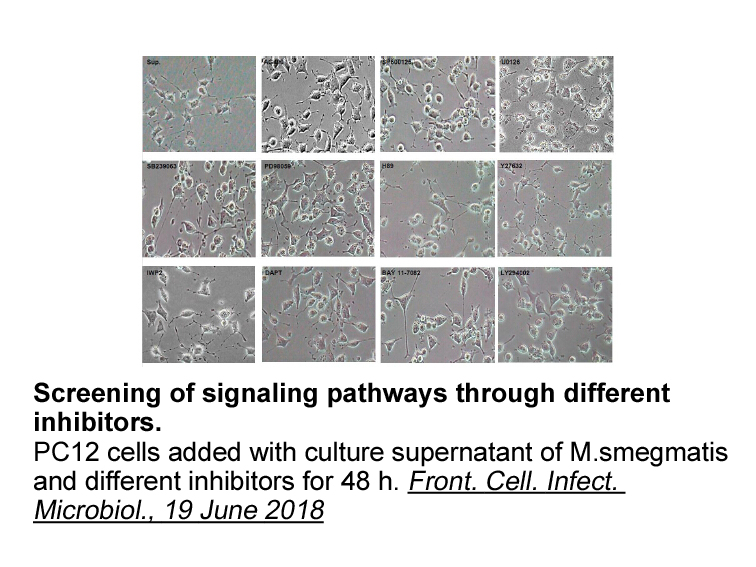
Activatable bioorthogonal reactions/reagents Cyclopropenes as bioorthogonal reagents for IEDDA substrates Cyclopropenes have become popular bioorthogonal reagents due to their small size, inertness to biological nucleophiles, ability to be genetically encoded (Yu et al., 2012), and participati
-
br Halogenases Enzymatic C H activation leading to halogenat
2020-11-24
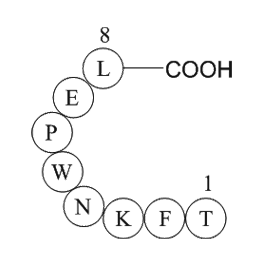
Halogenases Enzymatic C–H activation leading to halogenation is another emerging area in biocatalysis [55,56]. Incorporation of halogen atoms during medicinal chemistry eff ;orts is a well-established practice, presenting an effective means to control the molecule’s bioactivity and physicochemical
-
The aim of this paper
2020-11-24

The aim of this paper is to study the long-term socioeconomic impacts of local heat entrepreneurship from 2000 to 2016. The analysis focuses on impacts of the biomass-based district heat production on employment and income in a small peripheral community, called Eno, located in North Karelia, Finlan
-
br Methods br Results br Discussion The
2020-11-24
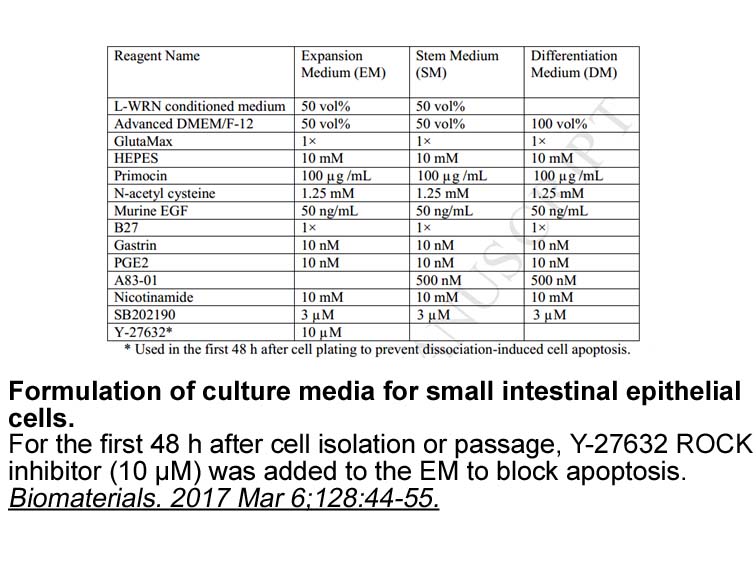
Methods Results Discussion The findings of this study indicate that an ET system including ET-1 and ET-2 as well as ET receptors are present in the retina and RPE/choroid, and are up-regulated by both hypertension and diabetes. Specifically, individual antagonism of the ETRA or ETRB deliver
-
br Regulation of cadherin switching
2020-11-24
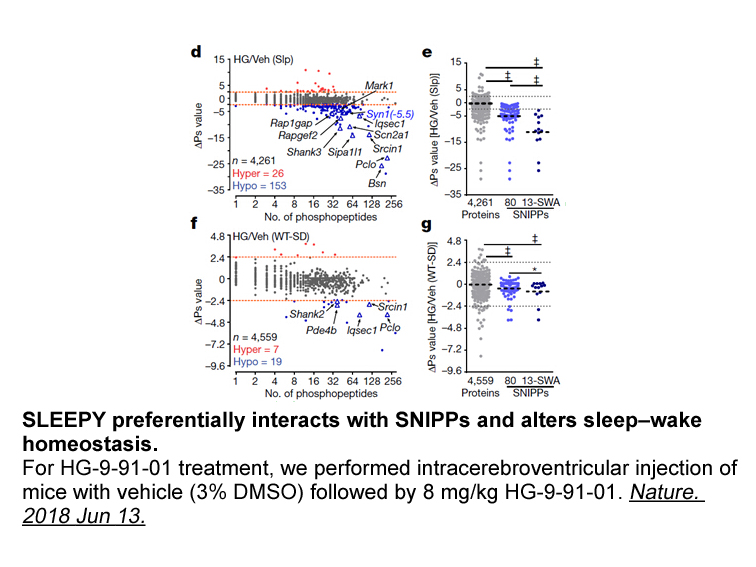
Regulation of cadherin switching The downregulation of E-cadherin during cadherin switching is induced by multiple mechanisms, including methylation of the E-cadherin promoter and signaling pathways that activate E-cadherin-suppressing transcription factors [[61], [62], [63]]. During the progress
11113 records 451/741 page Previous Next First page 上5页 451452453454455 下5页 Last page